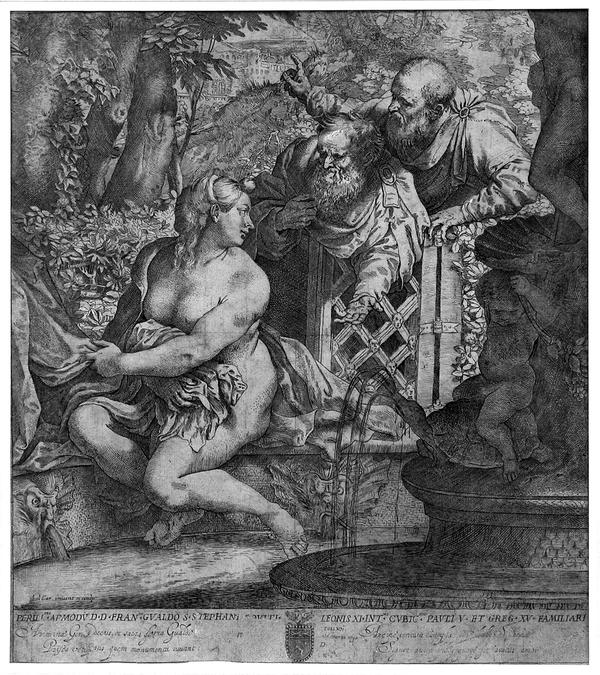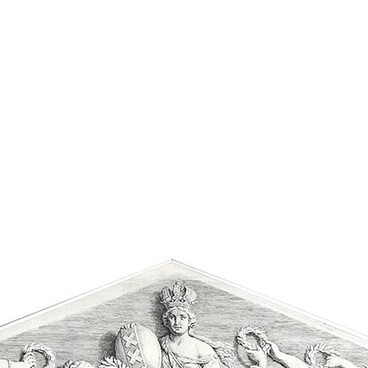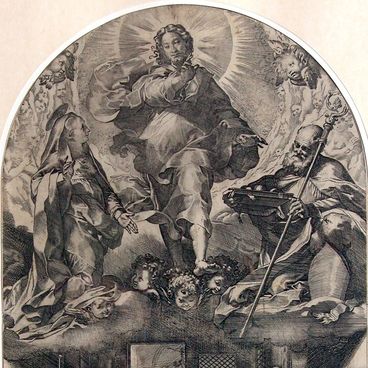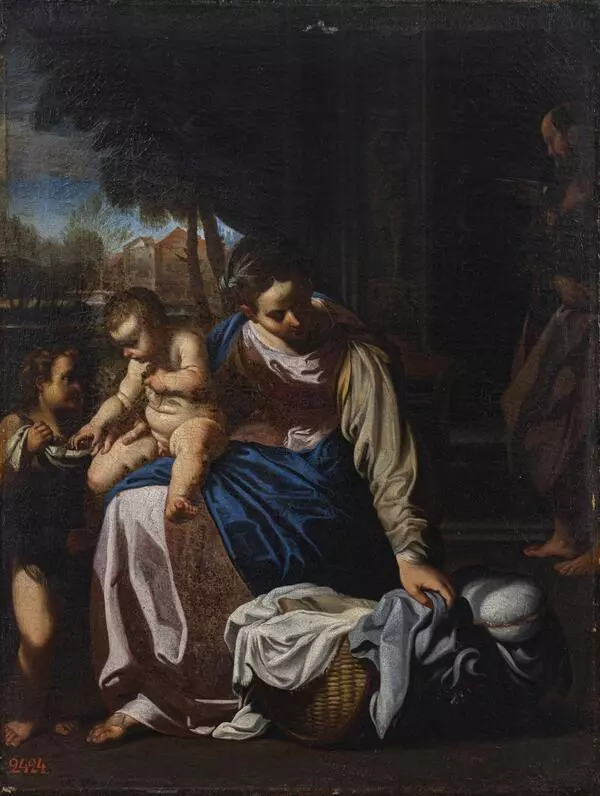The Italian painter and draftsman Annibale Carracci was one of the few who primarily engraved according to own storylines or specially created designs for etchings. One of such original engravings is Susanna and the Elders or Bathing of Susanna.
Susanna and the Elders
Время создания
1590-1592
Размер
35,4x31,5 cm
35,4x31,5 cm
35,4x31,5 cm
Техника
paper, chisel, etching
Коллекция
1
Открыть в приложении#3
Annibale Carracci
Susanna and the Elders
#2
#5
The salvation of Susanna by Prophet Daniel is an apocryphal storyline from the Old Testament; it is not part of the body text of the Bible. It is deemed that the storyline about Susanna and the elders was added later (in the II-I century В.С.) into the Book of Daniel that was written around the VI century B.C.
Susanna, a righteous married woman, together with her husband Joachim lived in Babylon. When Joachim was absent, she used to go for a walk to the garden and have a rest under the trees, and two respected elders in the town elected as judges used to peep at her secretly. Once Susanna wanted to have a bathe in her garden alone and sent the maids away. The elders hid themselves in the bushes and then rushed to the maiden and demanded to give herself to them.
Susanna shouted for help and when people ran together to her, the elders accused her of adultery with an adolescent. People believed two elders and demanded to execute the sinful woman. Susanna called God as a witness of her innocence and he sent her the Prophet Daniel.
Daniel stopped the crowd, loudly blamed the accusers and demanded additional investigation. He separated the elders and asked one question to each of them: ‘Under which tree did Susanna fall into sin with the adolescent? ’. The first elder told that under the pistachio tree, the other — under the green oak tree. It became evident that the respected judges lied. Susanna was justified and the elders were executed for perjury and the young Daniel was glorified as a Prophet who didn’t allow the innocent blood of the woman to be shed.
Susanna, a righteous married woman, together with her husband Joachim lived in Babylon. When Joachim was absent, she used to go for a walk to the garden and have a rest under the trees, and two respected elders in the town elected as judges used to peep at her secretly. Once Susanna wanted to have a bathe in her garden alone and sent the maids away. The elders hid themselves in the bushes and then rushed to the maiden and demanded to give herself to them.
Susanna shouted for help and when people ran together to her, the elders accused her of adultery with an adolescent. People believed two elders and demanded to execute the sinful woman. Susanna called God as a witness of her innocence and he sent her the Prophet Daniel.
Daniel stopped the crowd, loudly blamed the accusers and demanded additional investigation. He separated the elders and asked one question to each of them: ‘Under which tree did Susanna fall into sin with the adolescent? ’. The first elder told that under the pistachio tree, the other — under the green oak tree. It became evident that the respected judges lied. Susanna was justified and the elders were executed for perjury and the young Daniel was glorified as a Prophet who didn’t allow the innocent blood of the woman to be shed.
#7
This storyline was popular in the art of the Renaissance epoch. Susanna accused by the elders can be found on the picturesque canvasses of Tintoretto, Artemisia Gentileschi, Veronese, Antoon van Dyck and Rubens.
Annibale fulfilled its engraving in the etching and supplemented it with the chisel. It is impossible to clearly date Susanna and the Elders. The manner of execution of the sheet correlates with the works which Annibale completed during the period 1590-1592 — Holy Family, Holy Mary Magdalene, Venus and Satyr. Tremendous attention is given to hard lighting in these works. The foreground is performed in such a manner as if a spectator is waiting in the weeds and peering into this episode. Such сomposition and light-and-dark contrasts are typical for frescoes which Annibale fulfilled for Bologna Palazzo Magnani in 1592.
Annibale fulfilled its engraving in the etching and supplemented it with the chisel. It is impossible to clearly date Susanna and the Elders. The manner of execution of the sheet correlates with the works which Annibale completed during the period 1590-1592 — Holy Family, Holy Mary Magdalene, Venus and Satyr. Tremendous attention is given to hard lighting in these works. The foreground is performed in such a manner as if a spectator is waiting in the weeds and peering into this episode. Such сomposition and light-and-dark contrasts are typical for frescoes which Annibale fulfilled for Bologna Palazzo Magnani in 1592.
#8
Irbit State Museum of Fine Arts
читать дальшескрыть
00:00
00:00
1x
Susanna and the Elders
Время создания
1590-1592
Размер
35,4x31,5 cm
35,4x31,5 cm
35,4x31,5 cm
Техника
paper, chisel, etching
Коллекция
1
Открыть в приложении
Поделиться





